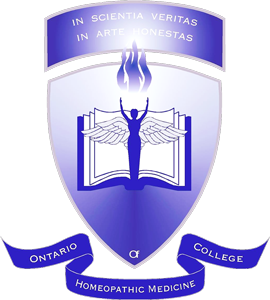We take clinical training very seriously at OCHM and are extremely proud of the quality of the clinical experience our students undergo. Most homeopathic schools do not offer a similar kind of hands-on clinical training, leaving student unprepared to actually practice upon completion of their program.
Our clinical internship program is available to students who have completed homeopathic training elsewhere and are lacking in case-taking experience, or those who need a bit more clinical preparation before launching their own homeopathic career.

